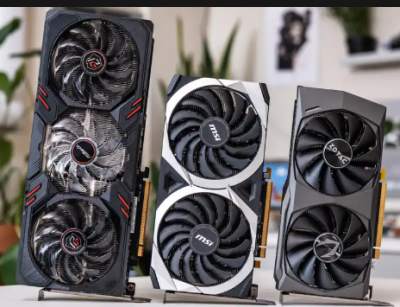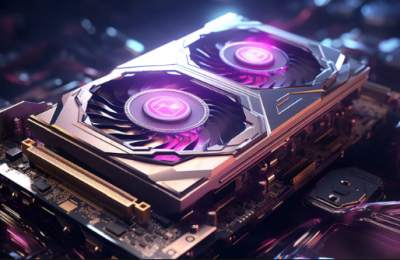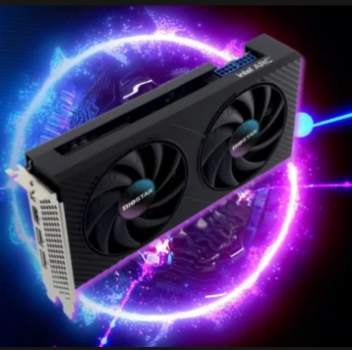What is a GPU?

What is a GPU?
Graphics processing technology has evolved to deliver unique benefits in the world of computing. The latest graphics processing units (GPUs) unlock new possibilities in gaming, content creation, machine learning, and more.
The GPU evolved as a complement to its close cousin, the CPU (central processing unit). While CPUs have continued to deliver performance increases through architectural innovations, faster clock speeds, and the addition of cores, GPUs are specifically designed to accelerate computer graphics workloads. When shopping for a system, it can be helpful to know the role of the CPU vs. GPU so you can make the most of both.

What Does a GPU Do?
The graphics processing unit, or GPU, has become one of the most important types of computing technology, both for personal and business computing. Designed for parallel processing, the GPU is used in a wide range of applications, including graphics and video rendering. Although they’re best known for their capabilities in gaming, GPUs are becoming more popular for use in creative production and artificial intelligence (AI).
GPUs were originally designed to accelerate the rendering of 3D graphics. Over time, they became more flexible and programmable, enhancing their capabilities. This allowed graphics programmers to create more interesting visual effects and realistic scenes with advanced lighting and shadowing techniques. Other developers also began to tap the power of GPUs to dramatically accelerate additional workloads in high performance computing (HPC), deep learning, and more.

What Are GPUs Used For?
GPUs for Gaming: Video games have become more computationally intensive, with hyperrealistic graphics and vast, complicated in-game worlds. With advanced display technologies, such as 4K screens and high refresh rates, along with the rise of virtual reality gaming, demands on graphics processing are growing fast. GPUs are capable of rendering graphics in both 2D and 3D. With better graphics performance, games can be played at higher resolution, at faster frame rates, or both.
GPUs for Video Editing and Content Creation: For years, video editors, graphic designers, and other creative professionals have struggled with long rendering times that tied up computing resources and stifled creative flow. Now, the parallel processing offered by GPUs—along with built-in AI capabilities and advanced acceleration— makes it faster and easier to render video and graphics in higher-definition formats.
GPU for Machine Learning: Some of the most exciting applications for GPU technology involve AI and machine learning. Because GPUs incorporate an extraordinary amount of computational capability, they can deliver incredible acceleration in workloads that take advantage of the highly parallel nature of GPUs, such as image recognition. Many of today’s deep learning technologies rely on GPUs working with CPUs.


